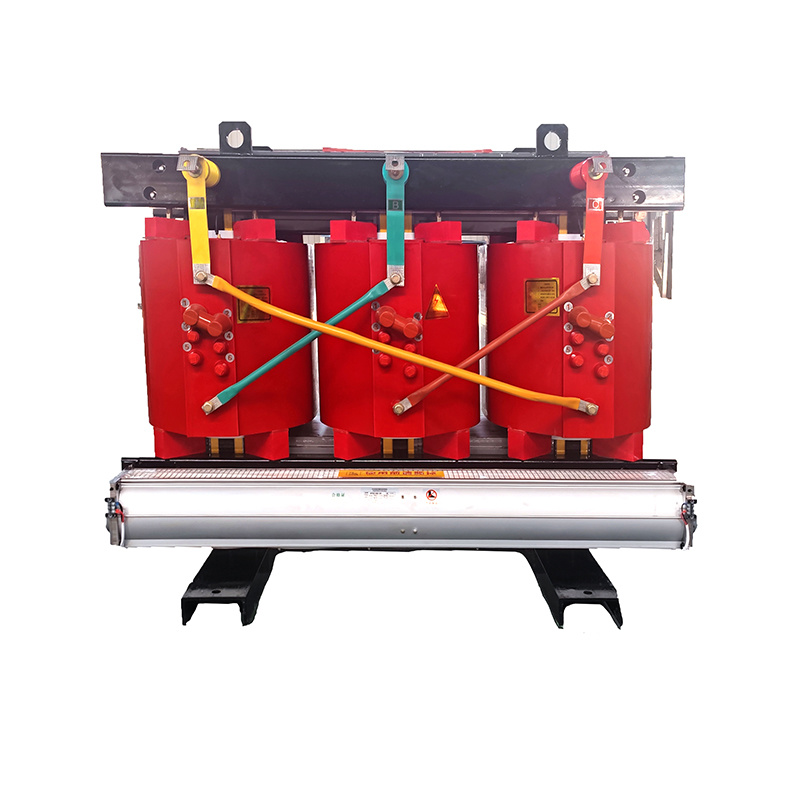Transforming Energy: Understanding Power Pole Transformers
Transforming Energy: Understanding Power Pole Transformers
Table of Contents
1. Introduction to Power Pole Transformers
2. What is a Power Pole Transformer?
3. How Do Power Pole Transformers Work?
4. Key Components of Power Pole Transformers
5. Types of Power Pole Transformers
6. The Importance of Power Pole Transformers in Energy Distribution
7. Maintenance and Safety
Transforming Energy: Understanding Power Pole Transformers
Table of Contents
- 1. Introduction to Power Pole Transformers
- 2. What is a Power Pole Transformer?
- 3. How Do Power Pole Transformers Work?
- 4. Key Components of Power Pole Transformers
- 5. Types of Power Pole Transformers
- 6. The Importance of Power Pole Transformers in Energy Distribution
- 7. Maintenance and Safety of Power Pole Transformers
- 8. The Future of Power Pole Transformers
- 9. Frequently Asked Questions
- 10. Conclusion
1. Introduction to Power Pole Transformers
In the world of electrical power distribution, **power pole transformers** play a pivotal role. These devices not only ensure the efficient transmission of electrical energy but also make it accessible to consumers in various forms. Understanding the mechanics, types, and maintenance of power pole transformers is crucial for anyone involved in the electrical engineering and energy distribution sectors.
2. What is a Power Pole Transformer?
A **power pole transformer** is an electrical device that adjusts voltage levels between high voltage transmission lines and lower voltage levels used in homes and businesses. By stepping down the voltage, these transformers make electricity safe and usable. Their placement on utility poles allows them to distribute energy effectively across vast regions, minimizing losses and ensuring reliability.
3. How Do Power Pole Transformers Work?
Power pole transformers operate on the principle of electromagnetic induction. When alternating current (AC) flows through the primary winding of the transformer, it generates a magnetic field. This magnetic field induces a voltage in the secondary winding. The ratio of turns in the primary to the secondary winding determines the voltage transformation level. Typically, a higher number of turns in the primary winding means a higher input voltage and vice versa for the secondary winding.
3.1 The Process of Voltage Transformation
The voltage transformation process involves several stages:
1. **Input Voltage**: High voltage electricity enters through the primary side.
2. **Magnetic Field Generation**: The AC current creates a magnetic field around the primary winding.
3. **Induction**: This magnetic field induces a lower voltage in the secondary winding.
4. **Output Voltage**: The transformed lower voltage exits through the secondary side for consumer use.
4. Key Components of Power Pole Transformers
Understanding the components of power pole transformers can provide insight into their functions and importance. Key components include:
4.1 Primary and Secondary Windings
These copper or aluminum wire coils are crucial for voltage transformation. The number of turns in each winding determines the voltage levels.
4.2 Core
The core, usually made of laminated silicon steel, enhances the efficiency of the transformer by providing a path for the magnetic field.
4.3 Insulation
Insulation materials, such as oil or resin, prevent electrical discharges and ensure the safety of the transformer.
4.4 Tap Changer
Some transformers are equipped with tap changers, allowing for adjustments in the voltage output to meet fluctuating demand.
5. Types of Power Pole Transformers
There are several types of power pole transformers, each designed for specific applications and environments:
5.1 Single-Phase Transformers
Commonly used in residential applications, these transformers provide a single voltage output and are typically smaller.
5.2 Three-Phase Transformers
Used in industrial settings, three-phase transformers can handle larger loads and provide more efficiency in energy distribution.
5.3 Auto Transformers
These transformers use a single winding for both the primary and secondary sides and are often more compact and cost-effective.
5.4 Instrument Transformers
Used for measuring voltage and current, instrument transformers provide essential data for monitoring and control purposes.
6. The Importance of Power Pole Transformers in Energy Distribution
Power pole transformers are essential for several reasons:
6.1 Enhancing Safety
By reducing high voltages to safer levels, transformers protect both equipment and human life.
6.2 Ensuring Efficiency
By optimizing voltage levels during transmission, transformers minimize energy loss, making the overall system more efficient.
6.3 Facilitating Accessibility
Transformers make electricity accessible to a broader audience, allowing for widespread use of electrical appliances and technology.
7. Maintenance and Safety of Power Pole Transformers
Regular maintenance of power pole transformers is crucial to ensure their longevity and efficiency:
7.1 Routine Inspections
Regular inspections can help identify potential issues before they escalate. Checking for leaks, insulation deterioration, and other signs of wear is essential.
7.2 Cleaning and Environment
Keeping transformers clean and ensuring adequate ventilation can prevent overheating and prolong their life.
7.3 Safety Protocols
Adhering to safety protocols during maintenance is vital, including de-energizing the transformer and using personal protective equipment.
8. The Future of Power Pole Transformers
As technology advances, the future of power pole transformers looks promising. Innovations in materials, smart grid technology, and enhanced monitoring systems will likely improve efficiency and performance. The integration of renewable energy sources will also require transformers to adapt, making them even more critical in the evolving energy landscape.
9. Frequently Asked Questions
9.1 What is the lifespan of a power pole transformer?
The lifespan of a power pole transformer can vary, but many can last between 20 to 40 years with proper maintenance.
9.2 How often should power pole transformers be inspected?
Routine inspections are recommended at least once a year, but more frequent checks may be necessary in harsh environments.
9.3 Can power pole transformers be installed underground?
While primarily installed above ground, there are underground transformer options designed for specific applications.
9.4 What is the difference between a power pole transformer and a distribution transformer?
While both serve similar purposes, power pole transformers are specifically designed for utility poles, while distribution transformers can be used in various configurations.
9.5 How do power pole transformers contribute to renewable energy integration?
Power pole transformers are essential for stepping down the voltage from renewable sources, such as solar or wind, to a usable level for consumers.
10. Conclusion
Power pole transformers are more than just components of our electrical infrastructure; they are vital to the efficient and safe distribution of electrical energy. Understanding their function, components, and maintenance can empower us to appreciate the technology that powers our lives. As we look to the future, innovations in transformer technology will continue to play a crucial role in shaping our energy landscape, supporting sustainability, and enhancing our daily lives with reliable electricity.
Key words:
Recommended
Why a Dry Distribution Transformer is Essential for Modern Electrical Systems
Why a Dry Distribution Transformer is Essential for Modern Electrical Systems
Table of Contents
1. Introduction to Dry Distribution Transformers
2. What is a Dry Distribution Transformer?
3. Advantages of Dry Distribution Transformers
3.1 Enhanced Safety Features
3.2 Energy Efficiency and Environmental Impact
3.3 Reduced M







